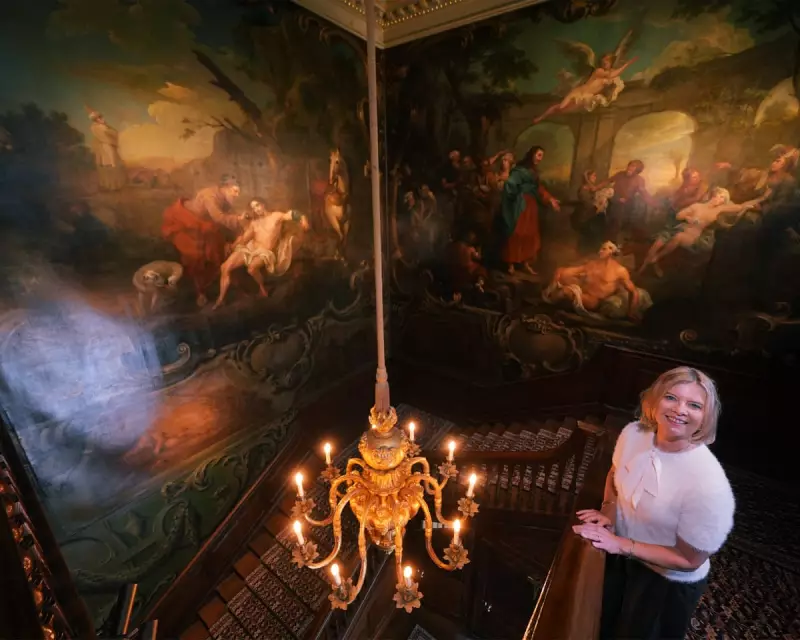
After an extensive two-year conservation project, two monumental staircase paintings by William Hogarth have been unveiled to the public at St Bartholomew's Hospital in London, marking the first time in their 250-year history that these artistic treasures are accessible to all.
A Masterpiece Revealed
The restoration of Hogarth's The Pool of Bethesda and The Good Samaritan has transformed the historic hospital's main staircase into what experts are calling "one of the most significant free art experiences in London." The £300,000 conservation effort has breathed new life into the 18th-century works, revealing colours and details unseen for generations.
Art With a Purpose
Hogarth, better known for his satirical prints, created these religious-themed murals in 1736-37 as an act of charity for the hospital where he served as a governor. Rather than accepting payment, the artist donated his work to provide moral inspiration to patients and create what he described as "a better place for the poor."
The restoration has uncovered fascinating details about Hogarth's technique and the paintings' history. Conservators discovered that the artist worked directly onto the wall without preliminary sketches, and found evidence of previous restoration attempts dating back to the Victorian era.
Public Access After Centuries
For the first time since their creation, visitors can now view these masterpieces during designated opening hours. The hospital has implemented a careful access system that allows public viewing while maintaining the building's primary function as a working medical facility.
Professor Jonathan Ashmore, chair of the hospital's arts and heritage committee, described the project as "returning these paintings to the people," noting that Hogarth originally intended them for public benefit rather than private enjoyment.
Technical Marvels Uncovered
The conservation team employed cutting-edge technology including infrared imaging and microscopic analysis to understand Hogarth's methods. Their work revealed how the artist adapted his style for the large scale of the murals, using bold brushwork that would read effectively from the staircase below.
The project also addressed structural issues, treating areas of flaking paint and stabilising the works for future generations. The restored murals now feature improved lighting that enhances the viewing experience while protecting the delicate pigments.





